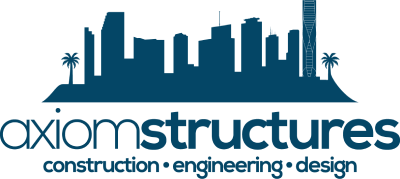During visual inspections of structural elements in a building, the wood framing is usually investigated to check for splitting, splintering, and other indications that wood structural repairs are needed. Our office also utilizes a metal sounding bar to determine if we can audibly verify hollow soundings which could represent voids in the wood members.
At times, our engineers will notice roof members, truss bracing, or wall framing members that may have indications of damage. These damages can be from moisture, termites, or human activity. The affected members of the structure must be repaired correctly to ensure their integrity.
For example, what happens when a roof truss is cut or is destroyed by termites? It is clear that damage to any member reduces the allowable structural capacity of that member. As such, the forces acting on the system would then be redistributed to other members. This condition can cause overstressing of individual system members which can lead to localized failure. While the building code does provide general requirements for structural wood repairs and wood floor and roof framing, typically each repair must be customized to fit the situation.
Typical Methods of Structural Wood Repairs
Repair Method 1: Wood Scabbing (most convenient): If the framing members are only minimally damaged, they may be repaired using a “wood scab” on one side of the affected area. These scabs are of the same size, grade, and species as the original member. This repair essentially increases the section modulus of the wood framing at the affected location; thereby adding to the allowable strength of the member.

Repair Method 2: Steel Scabbing (for tight spaces): In this method, a steel plate is used to connect old vs. new wood members. Wood screws are used to secure the attachment of the steel plate as a “mending” component.

Repair Method 3: Plywood Scabbing (for connections): Plywood scabbing is used to distribute the loads from one truss or roof framing member, to another. This method is used most often when one or two members of a wood truss require total replacement and must be re-attached to the rest of the truss system.

Having a solid structure for your building is important to ensure that your family and the inhabitants of your home stay safe. To learn more about wood framing repairs and assessment of structural damage and what you can do to avoid it, contact the team at Axiom Structures today.

